
In pockets of wilderness across America, animals thrive in ways the rest of the world never sees. They are living proof of environments shaped by time and resilience. Here, you can browse a collection of ten remarkable species found only in the United States and the habitats they call home.
Red Wolf

Roaming the coastal forests of North Carolina, the red wolf moves with a lean, long-legged frame built for endurance. Once declared extinct in the wild, they returned through careful reintroduction efforts. They have a reddish-gray coat that helps them blend into the lowland marshes and dense thickets.
Pygmy Rattlesnake

This stout, two-foot-long serpent possesses muted hues of gray and red. In woodlands stretching from Florida to Oklahoma, the pygmy rattlesnake hides among fallen leaves. Despite their small rattle and secretive nature, they play a major role in controlling local rodent populations.
Key Deer
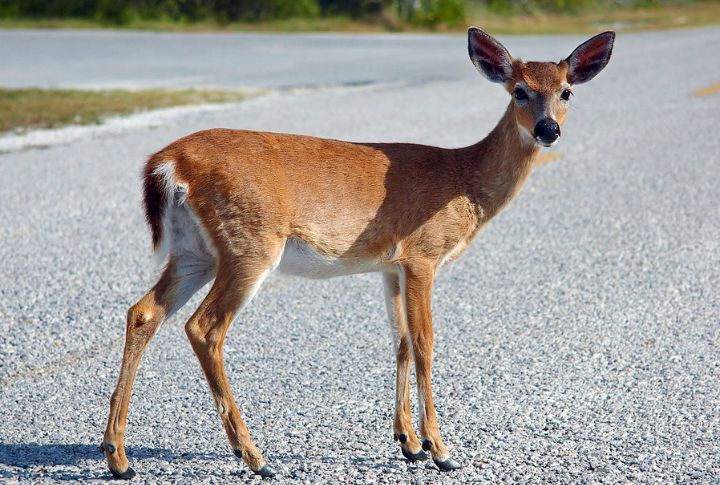
Have you ever heard of a deer shorter than a garden fence? Found only in the lower Florida Keys, the Key deer measures just three feet at the shoulder. They sport a sandy brown coat that blends into the mangrove forests and freshwater marshes they roam.
Devils Hole Pupfish

Only one place on Earth hosts the shimmering Devils Hole pupfish: a limestone cavern pool in Nevada’s Mojave Desert. These tiny, iridescent fish, barely an inch long, survive brutal heat and scarce oxygen, clinging to a precarious existence inside Ash Meadows National Wildlife Refuge.
Red Hills Salamander

A chocolate-brown body and small eyes give the Red Hills salamander an unassuming look. Burrowing into moist hardwood slopes, they live within a narrow stretch of south-central Alabama. First described in 1960, they remain one of the largest lungless salamanders found in North America.
Olympic Marmot
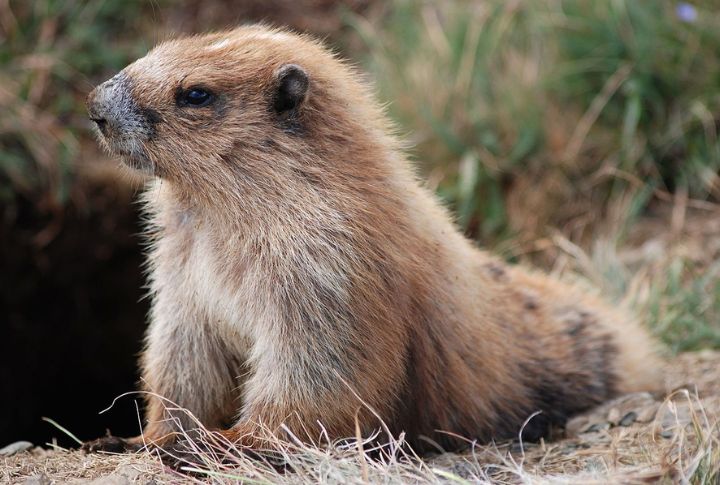
Olympic marmots fill Washington’s alpine meadows and are known for their sharp, piercing whistles, which warn of potential threats or predators. Wrapped in thick, golden-tipped fur, these sociable ground squirrels are true mountain specialists, living exclusively within the isolated peaks and ridgelines of Olympic National Park’s protected wilderness.
Utah Prairie Dog
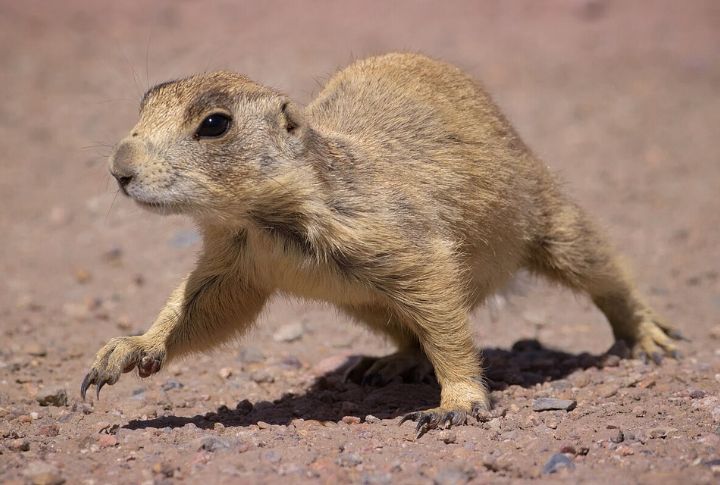
Short-legged and sandy-coated, the Utah prairie dog engineers topography across the valleys near Bryce Canyon. These colonies help by loosening the soil and creating shelter for dozens of species. Conservation programs now shield their once-shrinking populations scattered across the dry grasslands of southern Utah.
Black-Footed Ferret
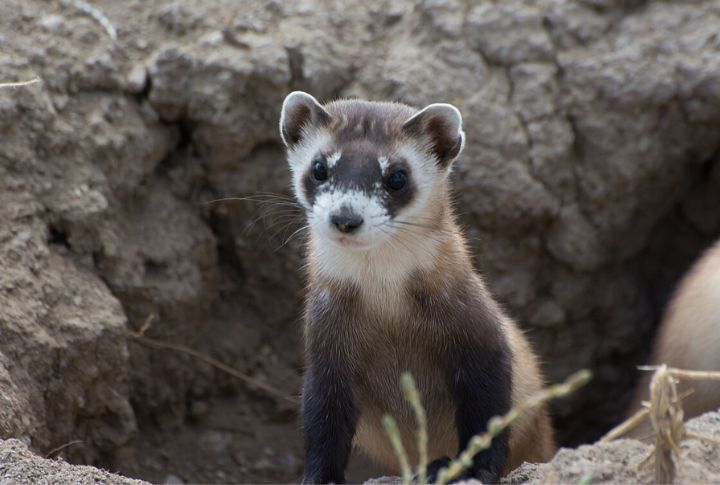
A streak of tan fur broken by black paws and a masked face marks the black-footed ferret, with Wyoming, Montana, and South Dakota serving as home to this nimble predator. They were nearly wiped out by disease and habitat loss, but now they have fiercely reclaimed their prairie territory.
Florida Panther
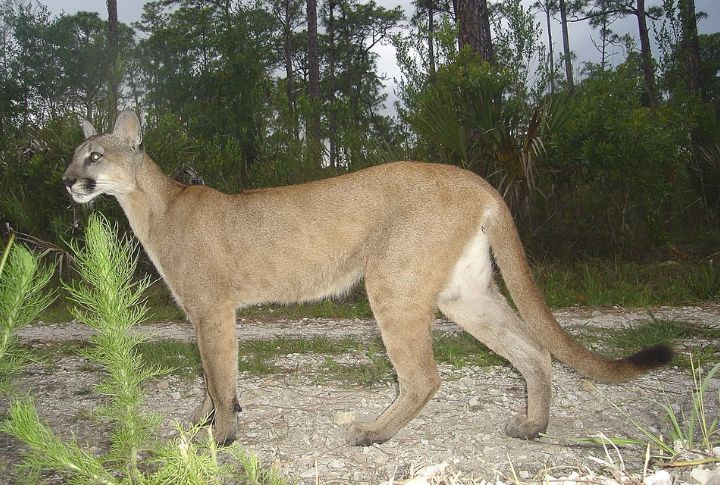
Southern Florida’s tangled forests and swamps shelter the elusive Florida panther. Tawny-coated and strong-jawed, they stalk deer and wild hogs under the cover of cypress and sawgrass, with Big Cypress National Preserve and Everglades National Park now protecting the last wild strongholds for these silent hunters.
Hawaiian Monk Seal
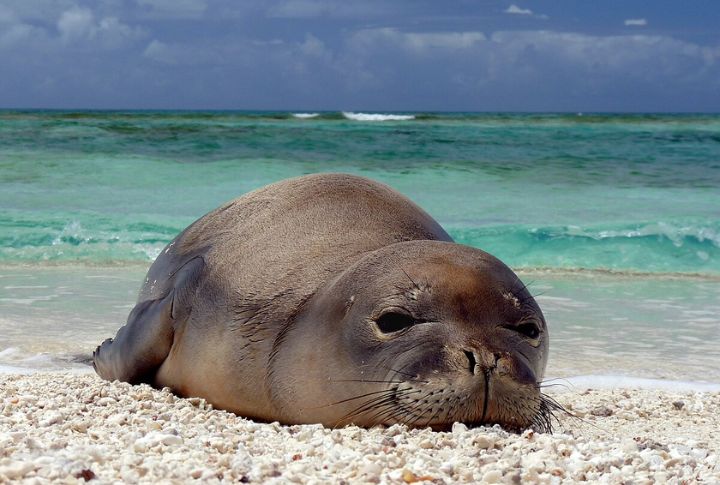
One of only two monk seal species left in the world, the endangered Hawaiian monk seal clings to survival as conservation teams carefully track their dwindling numbers. With a smooth silver-gray coat, they cruise the coral reefs and haunt the remote beaches of the Northwestern Hawaiian Islands.

